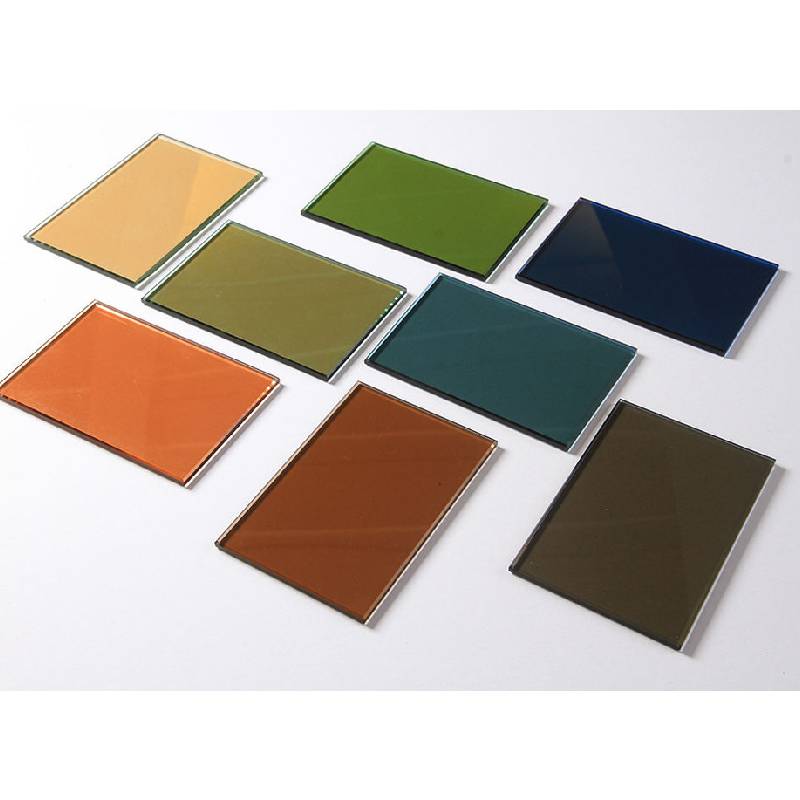

The Allure of Transparent Frosted Glass Style Meets Functionality
In the ever-evolving world of interior design, materials play an essential role in shaping the ambiance and functionality of spaces. One material that has gained immense popularity in recent years is transparent frosted glass. This unique blend of transparency and diffusion not only enhances aesthetic appeal but also serves a myriad of practical purposes.
Definition and Characteristics
Transparent frosted glass is created through a process that involves sandblasting or acid etching clear glass, producing a surface that is both translucent and textured. This treatment allows light to filter through while obscuring detailed shapes and outlines, striking a perfect balance between privacy and illumination. The result is a versatile material that can adapt to various design intentions—whether you seek an airy openness or a sense of seclusion.
Aesthetic Appeal
One of the most striking features of transparent frosted glass is its visual versatility. In both residential and commercial settings, the glass brings a modern touch, often characterized by clean lines and minimalist aesthetics. It can be used in a myriad of applications, from shower enclosures and office partitions to decorative panels and cabinet doors.
In interior design, the soft diffusion of light through frosted glass can create an ethereal quality, transforming ordinary spaces into serene retreats. The gentle glow not only enhances the mood but can also highlight other design elements like artwork or architectural features. Additionally, it pairs well with various materials—from wood and metal to fabric—making it a favorite among designers looking to create layered textures and contrasts.
Functional Advantages
While the aesthetic qualities of transparent frosted glass are remarkable, its functional benefits are equally compelling. One of the most significant advantages is its ability to provide privacy without sacrificing natural light. This makes it an ideal choice for areas such as bathrooms, conference rooms, and office environments, where maintaining an open feel while ensuring discretion is essential.

Furthermore, the durability of frosted glass is another of its considerable assets. Unlike traditional opaque materials, frosted glass can withstand wear and tear while maintaining its appearance over time. It is also relatively easy to clean, requiring only mild soap and water, making it a practical option for high-traffic areas.
Versatile Applications
The uses of transparent frosted glass are extensive and varied. In residential spaces, it can be utilized in sliding doors that separate living areas while allowing light to flow freely. In kitchens, frosted glass cabinet doors can display functional dishware while maintaining a tidy and cohesive look. For commercial environments, frosted glass partitions can delineate workspace areas without completely closing them off, fostering collaboration while also providing necessary privacy.
Moreover, the application of this material extends to artistic installations and decorative elements. Designers often employ frosted glass for wall panels or custom light fixtures, creating striking visual effects that captivate and engage.
Sustainability Considerations
As the world turns its focus toward sustainability, the use of frosted glass also aligns with eco-friendly practices. Glass is a recyclable material and, when sourced responsibly, can contribute to a reduced environmental footprint. Its longevity and low maintenance requirements further enhance its appeal as a sustainable choice for contemporary design.
Conclusion
In conclusion, transparent frosted glass stands out as a remarkable material that marries style with functionality. Its ability to enhance aesthetic appeal while providing privacy and durability makes it a dutiful ally in the realm of interior design. Whether in a home or a commercial setting, frosted glass can effortlessly elevate the atmosphere, allowing you to curate spaces that are both welcoming and sophisticated. As trends continue to evolve, this versatile material will undoubtedly remain a staple in the toolbox of designers and architects alike, proving that sometimes, less truly can be more.